Our Journey to an ERP System for Manufacturing
John McAlonan | May 24, 2023

Many of us have heard stories about startup companies that chose to pivot business models once their teams discover issues or stumble upon a more profitable niche. Founders who face investor pressure are often motivated to keep their current capital and attract more investment, which forces them to adapt and revise.
By contrast, a company well in its grove—an operating, cash-flowing business—doesn’t come across as many opportunities to redirect its business model. The craziness of day-to-day operations can make leaders feel trapped in the hustle to maintain a steady flow of revenue.
Regardless of what stage your business is in, I believe that all companies must experiment, learn, and adapt. Market conditions and competitive landscapes change, so leaders must find the right systems to help their companies survive. After 19 years as a business leader, I lean back on what I know to be true; a company is defined by the promises it makes and keeps to its customers. Isn’t that the essence of a business model? To continually refine our operations and fulfill those promises at Falcon Structures, we recently implemented an Enterprise Resource Planning (ERP) system.
What is an ERP System for Manufacturing?
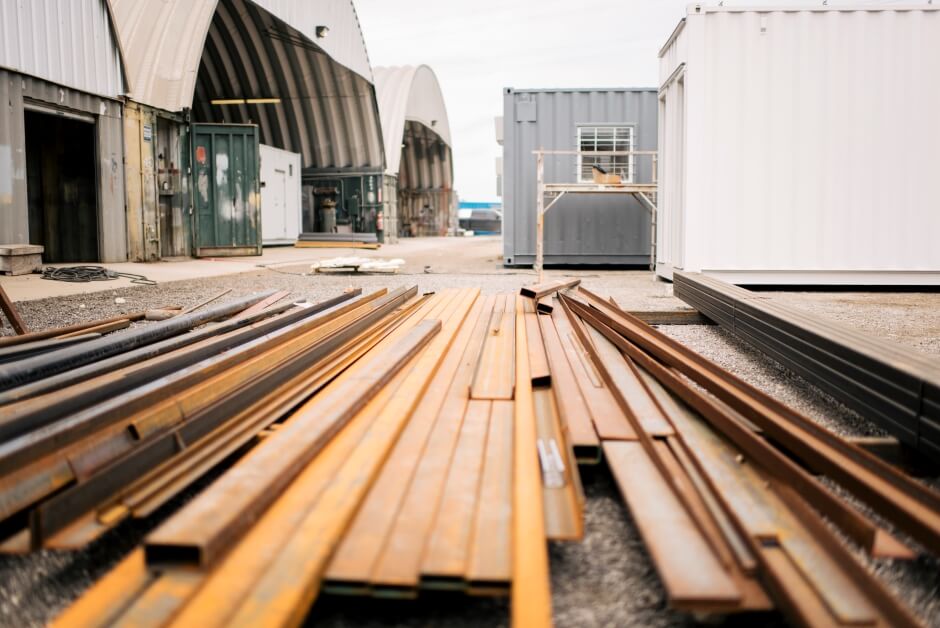
The computer, tablet, or phone you’re using to read this blog has its own operating system. It could be iOS, Android, Windows, or MacOS. These systems allow applications to communicate over the internet, display information, and interact with the user.
In the same way, an Enterprise Resource Planning (ERP) system is the operating system for a manufacturing company. A well-integrated ERP system supports accounting, engineering, purchasing, inventory, production, shipping, and other functions to assist a thriving company. Organizing and automating workflows and assisting with cross-department collaboration can drastically improve efficiency and product quality.
ERP in the Manufacturing Industry: Falcon Structures’ Story
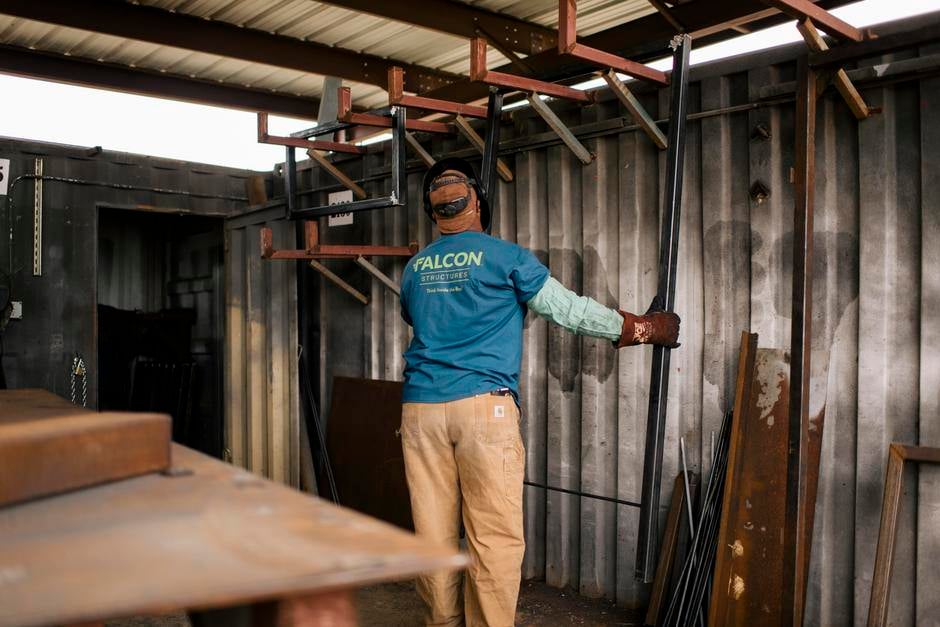
At Falcon, we prioritize taking time to examine our operations and forecast where we want to be in two, three, and five years. Then, we develop actionable plans to get there. We’ve grown to value these exercises as they’ve led to some of our best decisions, including the integration of ERP.
When we took a close look at our operations, we came to understand that our company prospers when working on scalable, industrial projects. Falcon is at its best when we utilize our large and thoroughly researched design library of customizable options—which contains various floor plans and design elements that shorten the design cycle and provide cost clarity. This type of work is what ERP is designed to help facilitate. The promise we’re making and keeping is to build exactly the container the customer needs, whether it’s one container or one hundred.
On the other hand, several of our peers create container structures that require "clean sheet" design work—meaning that many of their projects begin with a ground-up approach. These projects require many months of planning and often rely on the customer to already understand what their designs should look like. We chose an ERP system to streamline our systematic production process, but not every container modification company is the same.
My Recommendation
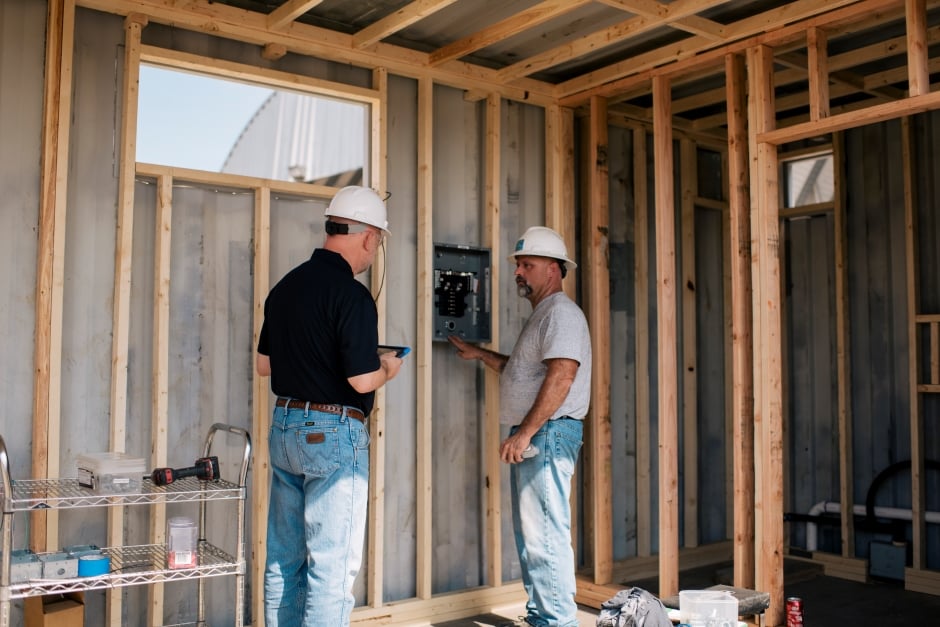
If you asked me to meet for coffee and talk about manufacturing, I’d tell you that the universe of ERP systems supports every conceivable business model.
Some ERP systems have the flexibility to support a wide range of businesses while others are purpose-built for a specific use case. It’s important to uncover your own business model and then find the ERP system that best suits your technical requirements and budget.
Then, consider the following:
- How do you extend functionality to integrate with other business systems?
- How many partner companies will be required to complete implementation?
- Will your candidate ERP system be able to meet your needs “out of the box?”
- Will you have to pay for an expensive software license even though you don’t need all the functionality?
Center Your Decisions Around Customers and Employees, Always
An ERP system on its own can only take a business so far. It’s the people at your company that make promises to your customers and then keep them. Your team’s experience, training, organization, and leadership sets the operating conditions for your work. Invest in your people and empower them to make the best decisions for your customers. Really consider how you’re positioning your company and what value you want to deliver because, at the end of the day, that’s why we continue to iterate and improve.
John McAlonan is the president and COO at Falcon Structures. He is a seasoned manufacturing executive with more than 34 years of business experience. Read more blogs from John here.
Falcon Structures is a shipping container modification manufacturing company working to build a better world by pioneering the use of container-based structures. Falcon modifies boxes to become storage units, workspaces, bathrooms & locker rooms, living spaces, industrial enclosures, and multi-containers.
SUBSCRIBE
- Shipping Container Modifications
- How-Tos
- Workspace
- Commercial Construction
- Multi-Container Buildings
- Storage Solutions
- Industrial Enclosures
- Bathrooms & Locker Rooms
- Oil & Gas
- Climate Control
- Green Building
- Living Space
- Industry Insight
- Military & Training Facilities
- Water Treatment Solutions
- Energy
THINK INSIDE THE BOX®
WITH OUR BLOG
Get everything from shipping container basics, to detailed how-tos and industry news in our weekly blog. Stay inspired and subscribe!
RELATED BLOGS
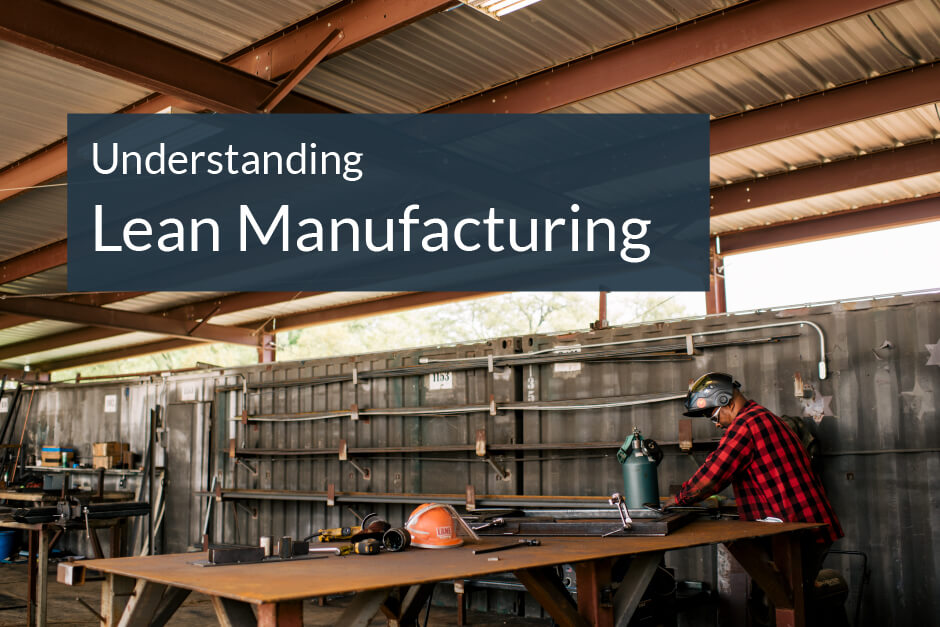
What Are the Benefits of Lean Manufacturing? (From a Company Applying It)
Marissa Morin | May 3, 2023 | 3 min read
READ MORE

20 Things We Love About Falcon: 20th Anniversary Edition
Marissa Morin | Feb 8, 2023 | 5 min read
READ MORE
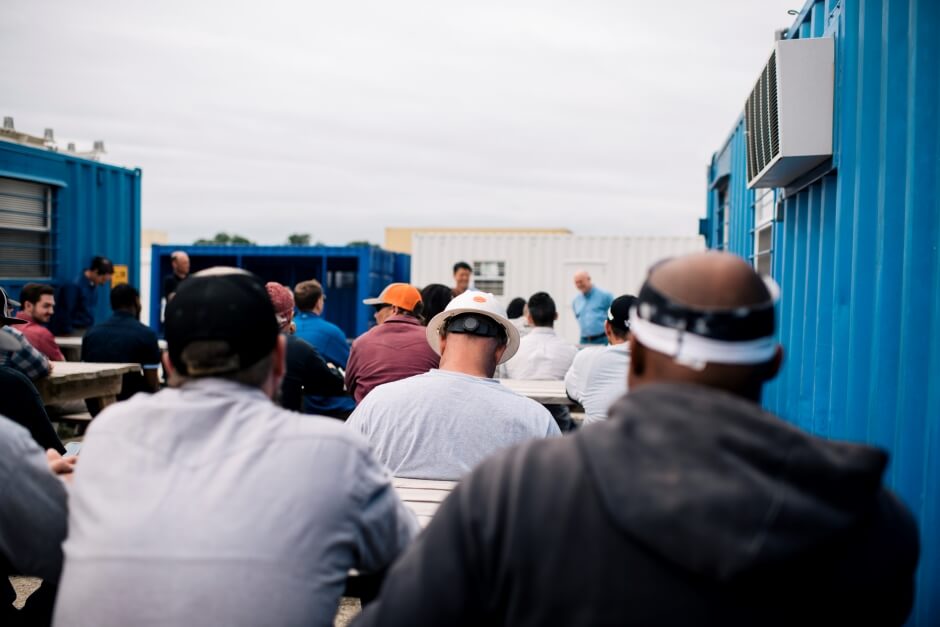
“Just Say No” – What is the Importance of Project Selection?
John McAlonan | Feb 23, 2022 | 5 min read
READ MORE
